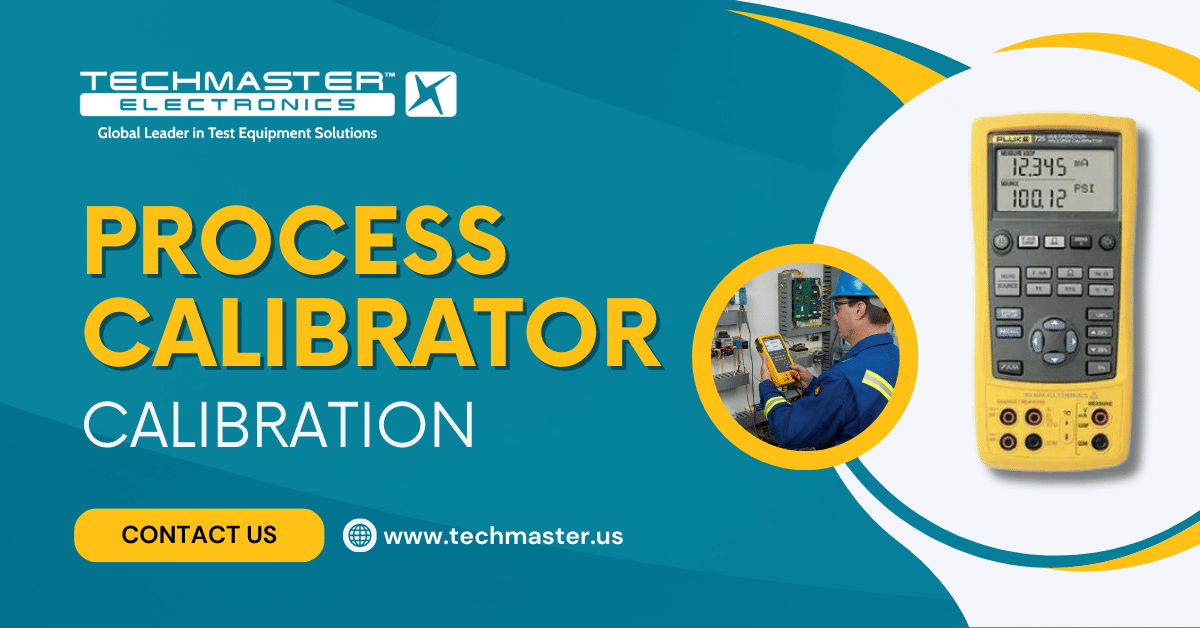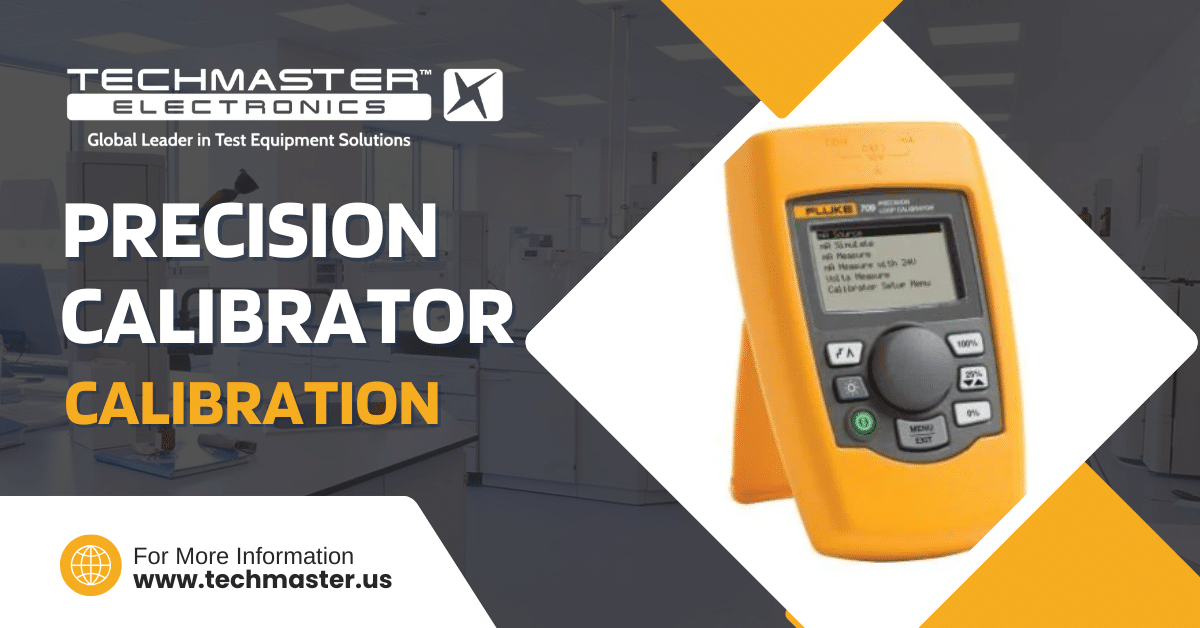Equipment calibration is a critical and essential process that ensures the accuracy and reliability of measurements taken by equipment in various industries. We, as a calibration laboratory with a great experience in the market and a great scope that allows us to help thousands of companies.
We bring to you this blog that will allow you, as an executor in your area of work, calibration, and maintenance, to have a little clearer understanding of the best practices in calibration to achieve the care of our instruments, in addition, to know how to maintain the instruments in compliance with the standards of measurement appropriate for your work process.
Here are some best practices for equipment calibration:
1.-Follow established calibration procedures:
It is essential to follow established calibration procedures developed based on industry standards and guidelines. These procedures should include detailed instructions on how to calibrate the equipment, including the equipment and standards
2.-Use traceable calibration standards:
Traceable calibration standards have a direct chain of measurements to a recognized national or international standard (NIST, National Institute of Standards and Technology). Using traceable calibration standards ensures that the calibration results are reliable and accurate.
3.-Calibrate at regular intervals:
Regular calibration is necessary to maintain the equipment’s accuracy. The calibration interval should be determined based on the environmental factors that may affect the equipment’s stability, the Inherent stability of the equipment, the frequency of use, and the accuracy requirements set by customers based on the manufacturer’s recommendations.

4.-Document the calibration process:
Proper documentation is essential to ensure that the calibration process is reproducible and meets regulatory requirements. Calibration records should include information such as equipment under test information, the calibration standard used, the calibration procedure, and the calibration results.
6.-Ensure proper environmental conditions:
The environmental conditions during calibration should be consistent with the requirements under which the equipment will be calibrated and used. This includes temperature, relative humidity, and other factors affecting the equipment’s accuracy
7.-Maintain calibration equipment:
Calibration equipment should be maintained regularly to ensure it functions properly. This includes cleaning, replacement of worn parts, repair (if necessary), review of general functionality, and performing functional tests.

8.-Train personnel:
Personnel responsible for equipment calibration should receive proper training on the calibration procedures, equipment, and standards used. This includes understanding the importance of calibration, skills that will enable the personnel to perform their jobs more securely, and what and how they should do the calibration. The training can address many levels from basic to advanced or specialized skills.
9.-Quality Management Systems and Accreditation:
To meet calibration standards, every company must build a strong quality system. This system should follow ISO guidelines and include clear documentation. In particular, ISO/IEC 17025 accreditation confirms that your processes meet global quality standards.
When you apply these best practices, your instruments stay accurate and reliable. As a result, you minimize errors and boost overall efficiency.
If you’d like to learn more or need guidance, contact us. Our experts are ready to help you.
sales@techamster.us or











